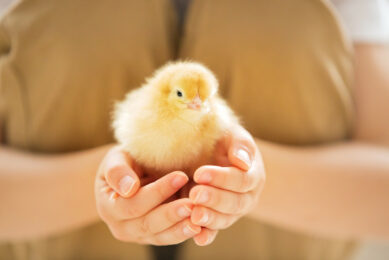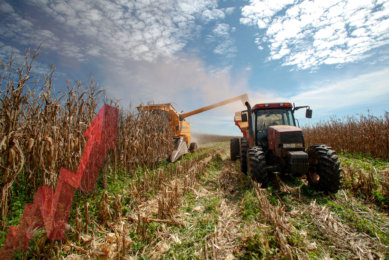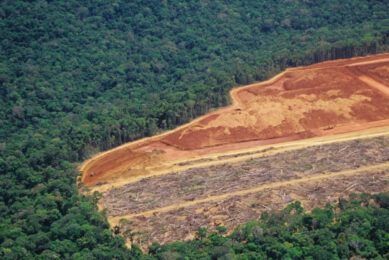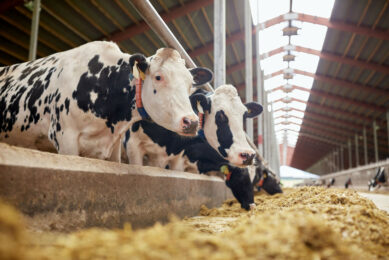Book release: Biofuel co-products as livestock feed

A book named “Biofuel co-products as livestock feed – Opportunities and challenges” edited by Harinder P.S. Makkar was recently published by FAO.
Biofuel production is currently from agricultural crops, usually starch-containing cereals for ethanol and oilseeds for biodiesel.
To be successful this approach must be economically sustainable and must not generate conflict with the traditional use of agricultural land in producing food and feed for humans and livestock.
Both criteria can only be met if the residues of biofuel production, referred to as co-products, are fully utilised.
One of the objectives of producing this publication was to collate, discuss and summarise state-of-the-art knowledge on current and future availability of co-products from the feedstocks most used for the production of biofuels, and use of the co-products as livestock feed.
The original feedstocks tended to be major agricultural crops, cereals, especially maize and wheat, and sugar cane for ethanol production, and soybean meal and rapeseed meal for biodiesel. An underlying feature has been the spread worldwide of an industry originally based in North America and Europe.
Cellulosic materials
With an increasing need for biofuels and expanding markets for co-products, another objective was to summarise information on alternative feedstocks, with an emphasis on cellulosic materials and nonconventional sources.
Many of these are grown on sub-prime land and have minimum requirements for irrigation and other inputs. Detoxification of some seed meals and cakes is necessary before they can be considered as feeds.
With other crops, such as oil palm, promoting use of the residues and co-products available both from the field and processing is required.
Algae opportunities
The potential contribution from micro-algae presents a new concept in that their production is not land-based and processing can be achieved using coastal waters.
Other developments include broadening of the use of co-products from ruminant, especially cattle, and pigs, to poultry and fish (aquaculture), enhancement of the availability of existing co-products, and the introduction of new ones.
Defining knowledge gaps
The third objective of this publication was to identify gaps in knowledge and define research topics to fill them.
Subjects predominating include:
- standardisation of product quality, needed to aid ration formulation;
- testing of new products;
- development of detoxification procedures;
- research on microalgae; and
- life cycle analysis linked to traditional nutritional appraisal.
This publication covers a wide array of co-products and is a timely contribution as people’s aspirations are rising, evident from an increasing demand for livestock products and an ever greater reliance on transport, whether by air, road or sea, coupled with the challenge of maintaining agricultural production when faced with global warming.
The publication is in press, and hardcopies will be available for sending only to libraries. Should you wish to procure a free copy for your library please send postal address of your library to Ms. Antonella Falcone at: Antonella.Falcone@fao.org
In the meantime, the pdf file is available to download.












